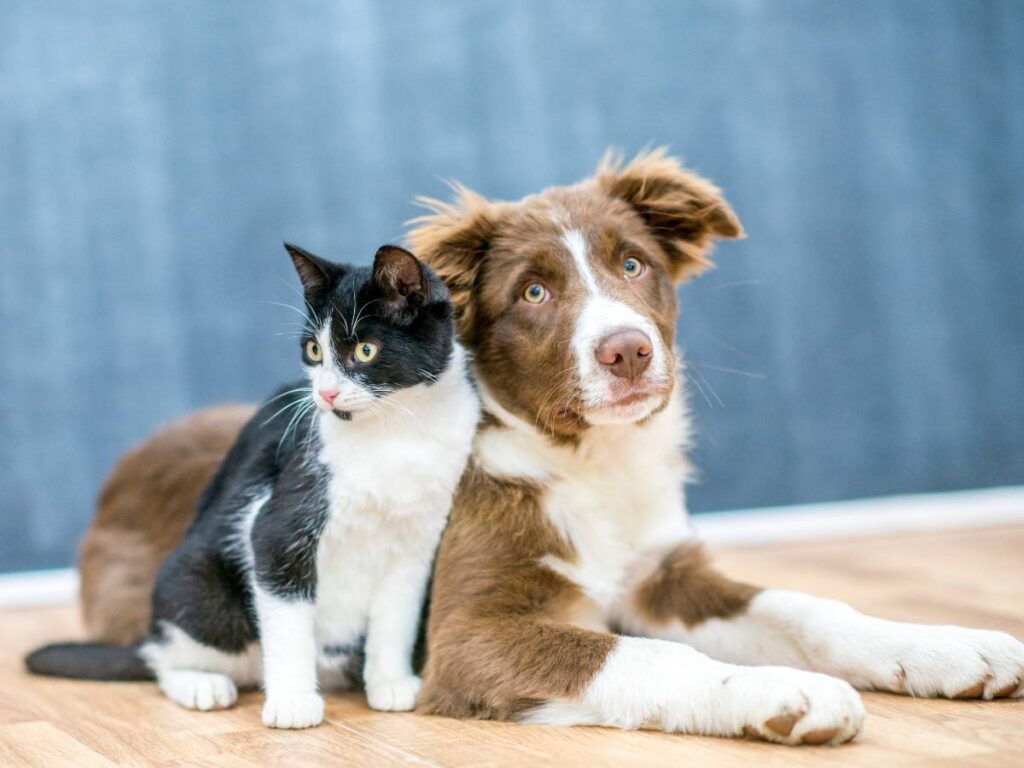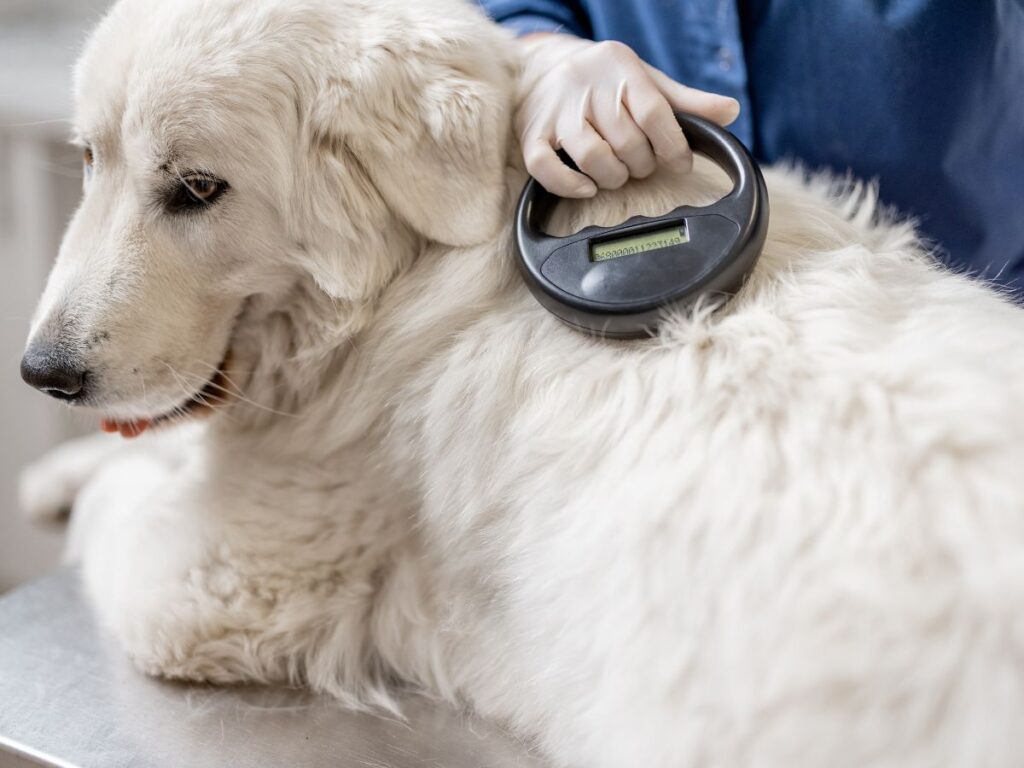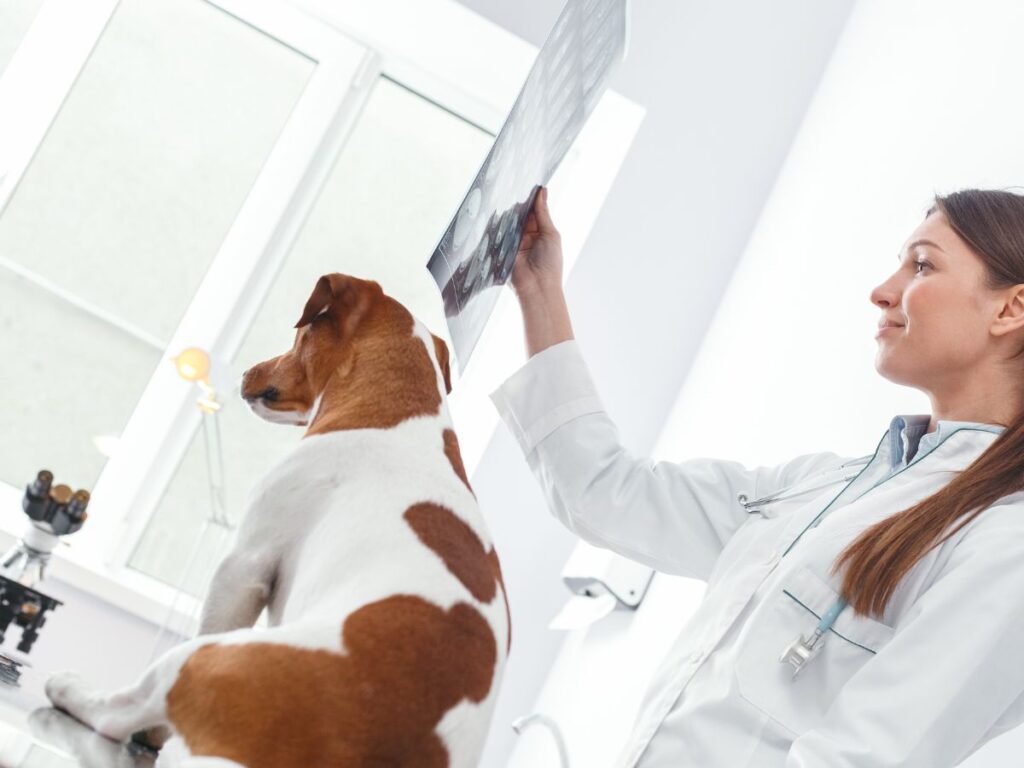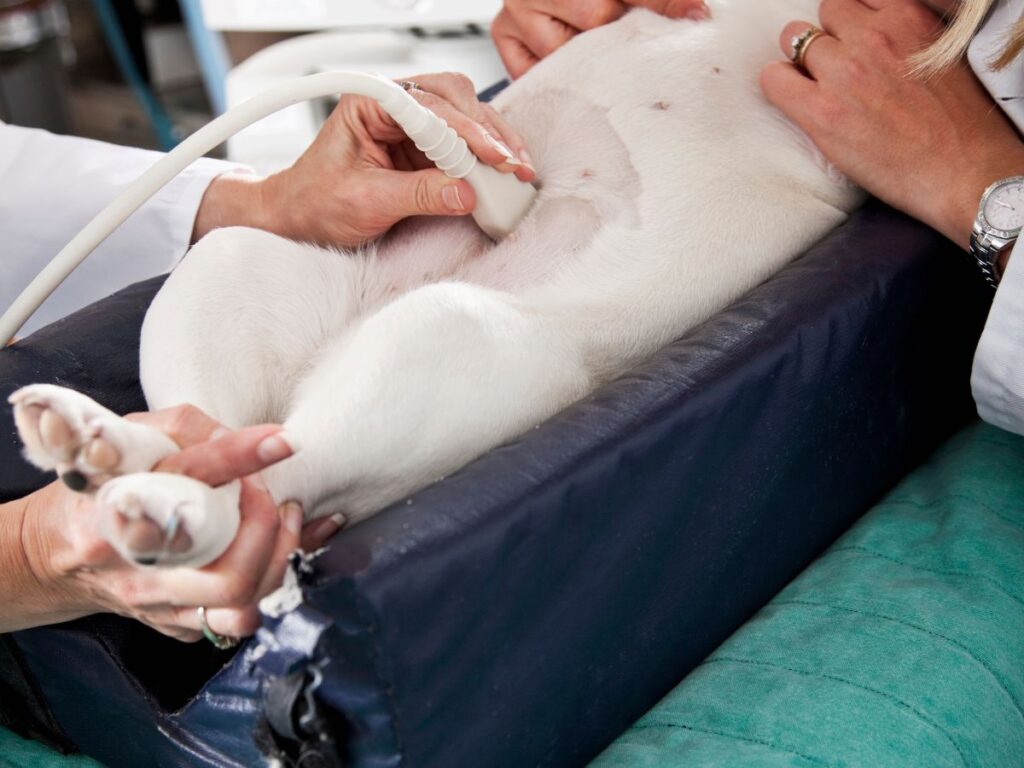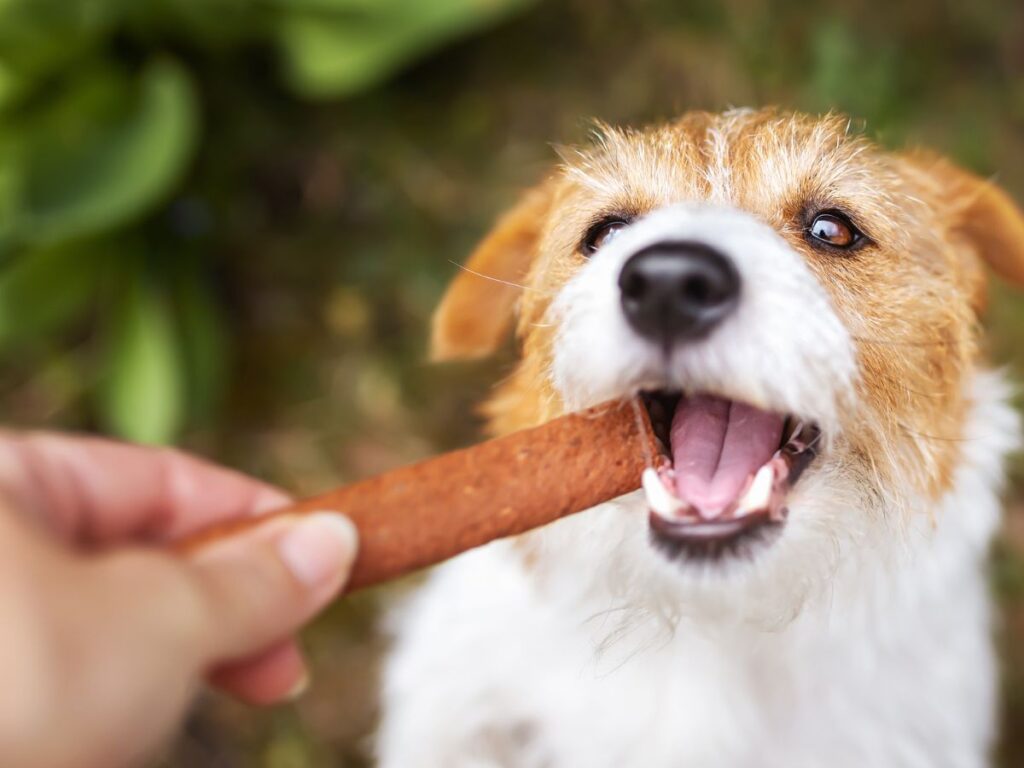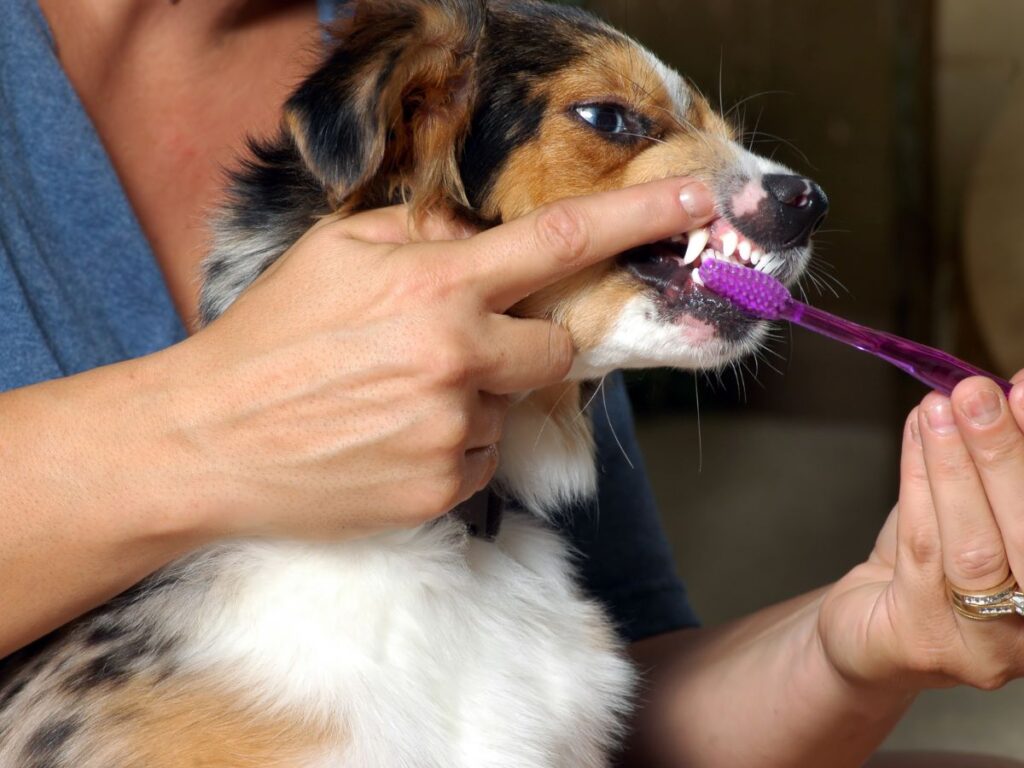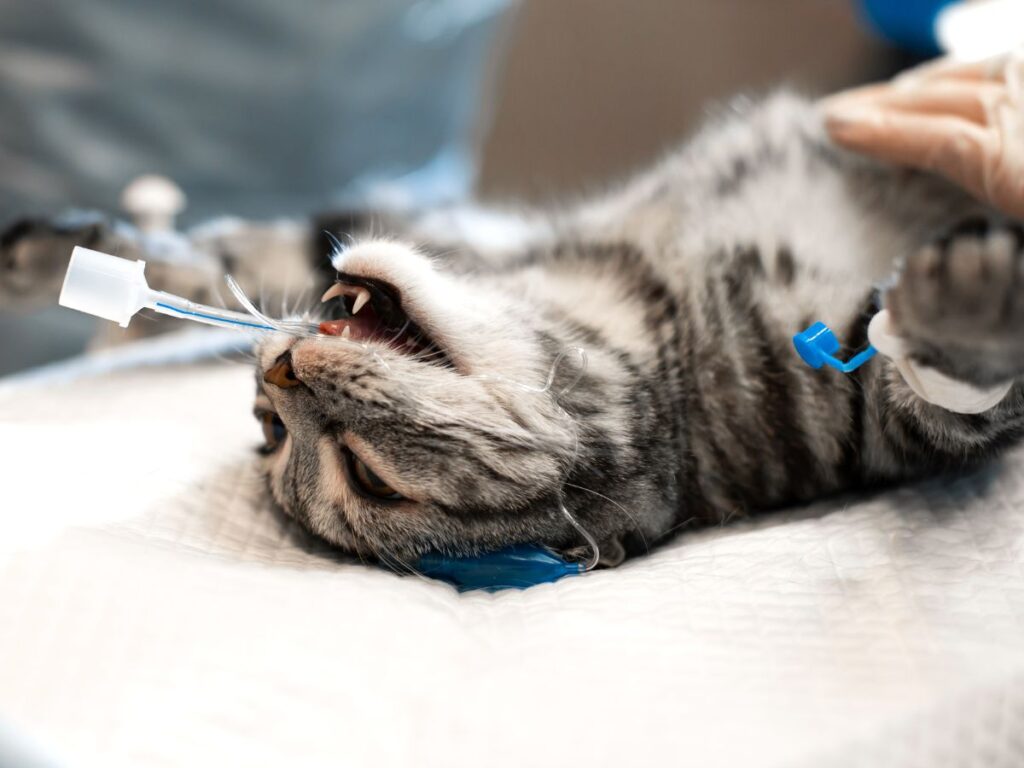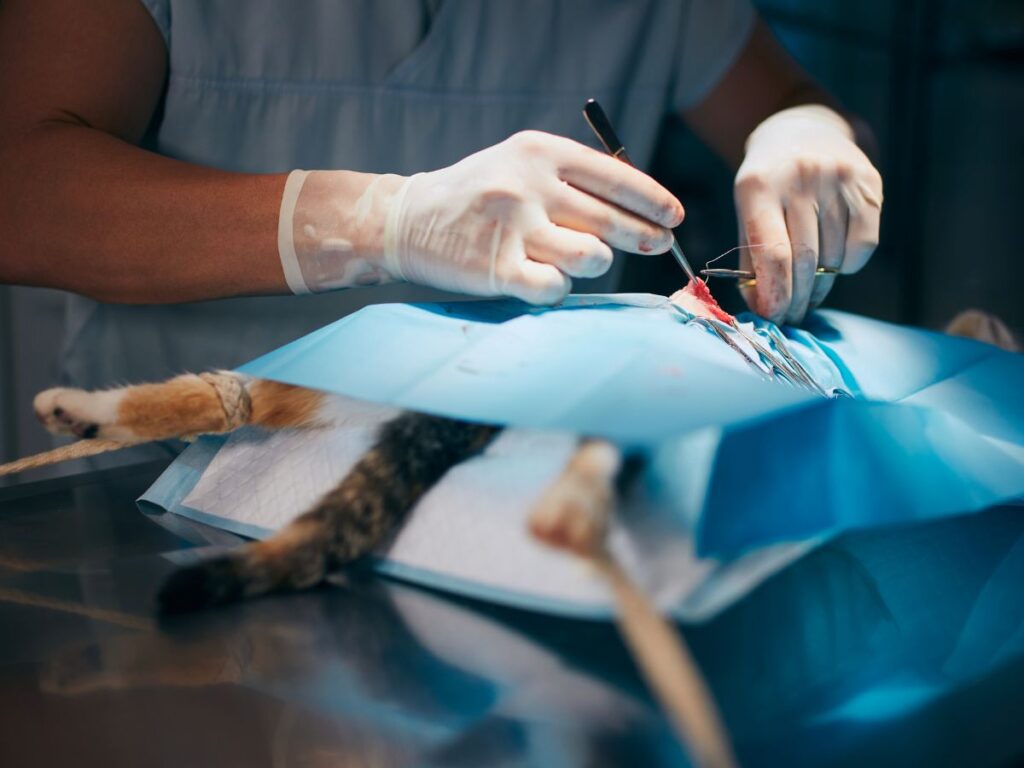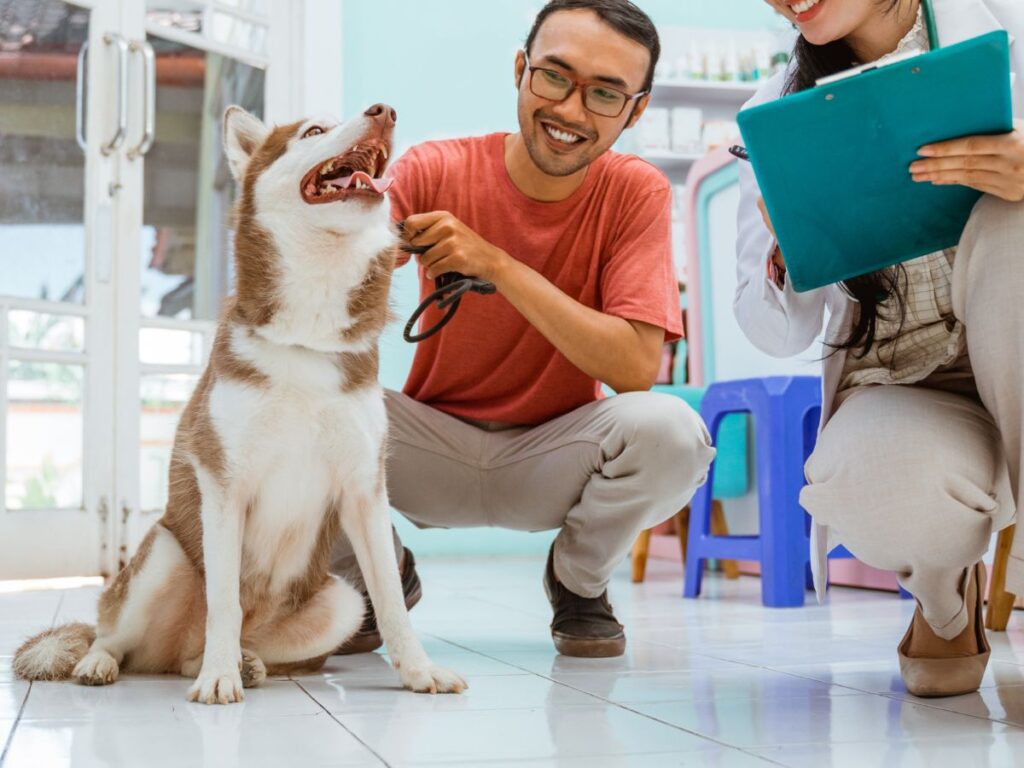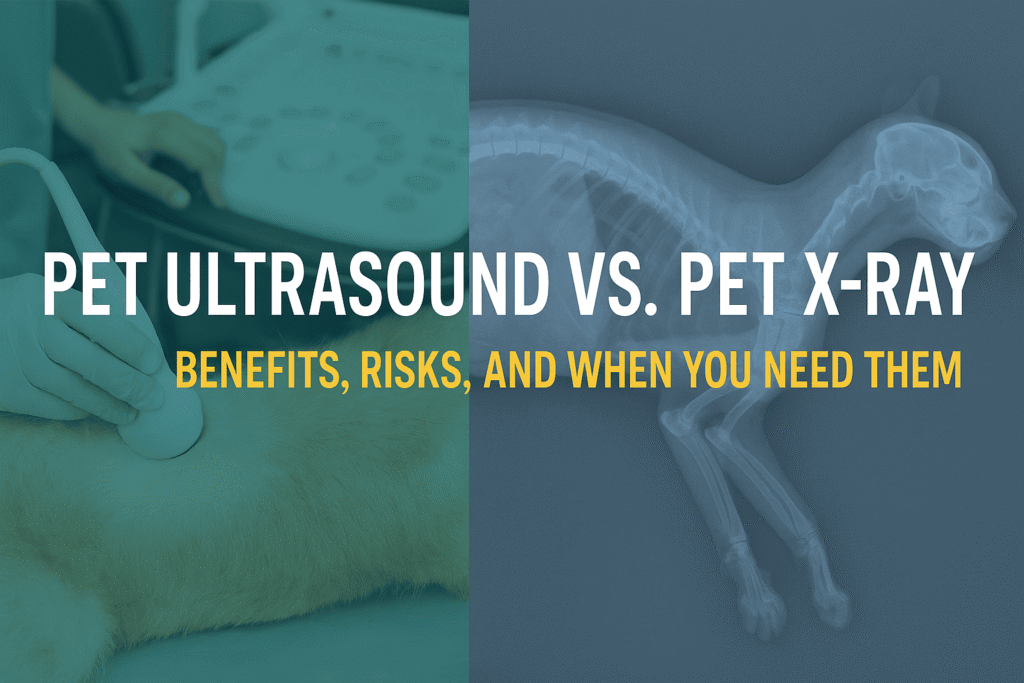What Is a Rabies Serology Test and Why Does Your Pet Need It?
Traveling with pets is a growing trend among families in Doha, especially those relocating to Europe or planning extended vacations abroad. However, when it comes to crossing borders with your pet, the paperwork is far more complicated than simply packing their favorite toys. Among the most critical — and often misunderstood — requirements is the Rabies Serology Test.
Many pet parents are surprised to learn that a rabies vaccine alone isn’t always enough for international travel. That’s where the rabies titer test comes in — a vital blood test that proves your pet is truly protected against rabies and ready to travel abroad. At Royal Vet, we specialize in providing accurate, Ministry-compliant Rabies Serology Testing for your pets, along with complete travel documentation and guidance.
This article will walk you through everything you need to know about the rabies serology test — what it is, why it’s essential, how it’s done, and how it helps you and your furry companion travel safely and legally.
What Is a Rabies Serology Test?
A rabies serology test (also known as a rabies antibody titer test) is a laboratory blood test that checks whether your pet has developed enough protective antibodies after receiving a rabies vaccination. In simpler terms, it proves that the vaccine worked.
This test is especially important for international pet travel, as it helps authorities confirm that your pet poses no risk of spreading rabies — a fatal and highly contagious disease.
The test is usually required for:
- Dogs and cats traveling from Qatar to EU countries, the UK, Australia, New Zealand, and other rabies-free zones
- Pets being exported or rehomed abroad
- Situations where vaccination records are incomplete or not recognized
Why Is the Rabies Titer Test Necessary?
While rabies vaccination is crucial, not all vaccines offer the same level of immune protection, and international authorities want measurable proof of your pet's immunity. That’s where the rabies titer test comes into play.
Here’s why the test is important:
- Proof of Immunity: It confirms that your pet’s body has produced enough rabies-fighting antibodies.
- Travel Compliance: Many countries, especially in the EU, will deny entry to pets without approved rabies serology results.
- Legal Requirement: It’s part of Qatar’s veterinary export protocols, especially if you’re applying for international health certificates.
- Health Safety: It protects native animal populations and people from imported diseases.
How the Test Works
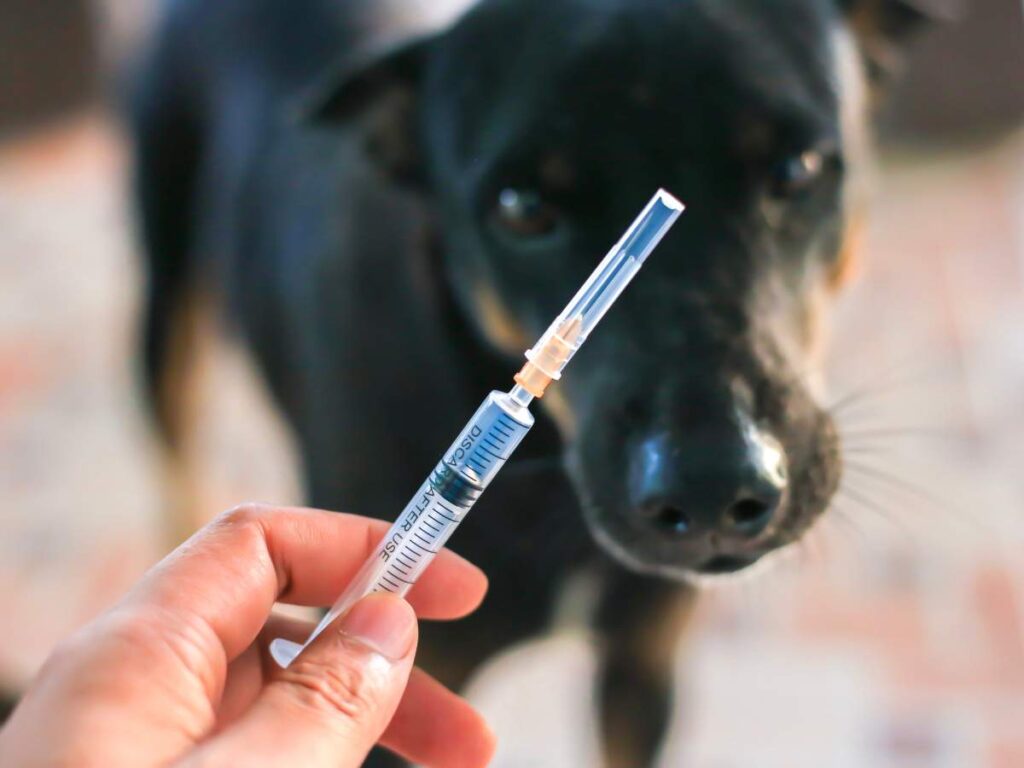
At Royal Vet Clinic, our rabies titer testing process is straightforward, professional, and fully compliant with international standards.
Step-by-Step Process:
- Rabies Vaccination: Your pet must be vaccinated against rabies at least 30 days prior to the test. If the vaccination is older than 12 months or not documented correctly, a booster may be required.
- Blood Sample Collection: A small blood sample is drawn from your pet in our clinic. The procedure is quick and painless.
- Sample Submission: The blood is securely packaged and sent to an EU-approved reference laboratory for analysis.
- Antibody Level Check: The lab tests whether your pet’s blood has at least 0.5 IU/ml of rabies antibodies — the minimum threshold required for most countries.
- Results & Documentation: Once approved, you receive official documents which are valid for travel, provided your pet’s rabies vaccinations remain current.
When Should You Get the Test?
Timing is everything when planning travel with your pet. Many countries have strict timelines between vaccination, testing, and travel.
We recommend:
- Testing at least 3 to 6 months before your travel date
- Booking an appointment 30 days after rabies vaccination
- Contacting Royal Vet as early as possible for a consultation
Failure to meet the timeline can result in:
- Denied entry
- Extended quarantine periods
- Missed flights and added stress
Common Issues Pet Owners Face Without This Test
Many pet owners face avoidable problems when they skip or delay the rabies serology test:
- Denied Entry at Border Control: Authorities in rabies-free countries won’t allow pets in without certified test results.
- Expensive Emergency Quarantine: Pets may be placed in mandatory holding facilities abroad — stressful for both pets and owners.
- Flight Cancellations and Delays: Missing paperwork can result in pets being left behind or flights being rescheduled.
- Unforeseen Vet Visits Abroad: If paperwork is incomplete, you might have to repeat the test abroad at a much higher cost.
All these issues can be prevented with early planning and a visit to Royal Vet’s Rabies Serology Testing service.
Why Choose Royal Vet for Rabies Serology Testing?
We understand how overwhelming pet travel requirements can be, especially when dealing with international regulations and tight timelines. That’s why at Royal Vet, we handle the process with care, accuracy, and transparency.
Our service includes:
- Certified blood sample collection by licensed veterinary staff
- Shipping to EU-approved laboratories
- Assistance with travel health certificates and export documents
- Full compliance with Qatar’s Ministry of Municipality requirements
- Guidance on timing and vaccination protocols
- Follow-up reminders to help you meet your travel deadline
Our mission is to make the process smooth and stress-free so you and your pet can enjoy your journey together.
FAQs About Rabies Serology Testing
Q: How long are rabies serology test results valid?
A: In most countries, once a passing titer level is confirmed, the results are valid as long as your pet receives rabies boosters on time without a gap. If you skip a booster, you may need to repeat the test.
Q: What happens if my pet fails the test?
A: You’ll need to revaccinate your pet, wait another 30 days, and repeat the test. This is why it’s essential to test early.
Q: Can I do the test right after the rabies vaccine?
A: No. The test must be performed at least 30 days after the rabies shot to give your pet’s body time to build antibodies.
Q: Which countries require a rabies titer test?
A: Most rabies-free or low-risk countries such as the EU, UK, Australia, Japan, and New Zealand require it. Always check the latest import rules.
Q: Is the test painful for my pet?
A: Not at all. It’s a simple blood draw — no different than a routine lab test.
Q: Do I need an appointment for the test?
A: Yes. It’s best to schedule an appointment at Royal Vet in advance so we can coordinate lab submissions and timing.
Final Thoughts
If you're planning to travel or relocate with your pet, don't leave the rabies serology test until the last minute. It’s more than a formality — it’s a legal requirement that ensures the safety of global animal populations and proves your pet’s immunity to a life-threatening disease.
At Royal Vet Clinic, we help you take care of every step — from vaccinations to blood testing, documentation, and export approvals. We offer peace of mind, professional care, and the trusted support of a veterinary team that understands international travel rules inside and out.Let us help you make your pet’s journey safe, smooth, and successful.
Disclaimer: This article is for educational purposes only and does not replace professional veterinary advice. If you’re planning international travel with your pet, please consult an accredited veterinary clinic to ensure proper compliance.
